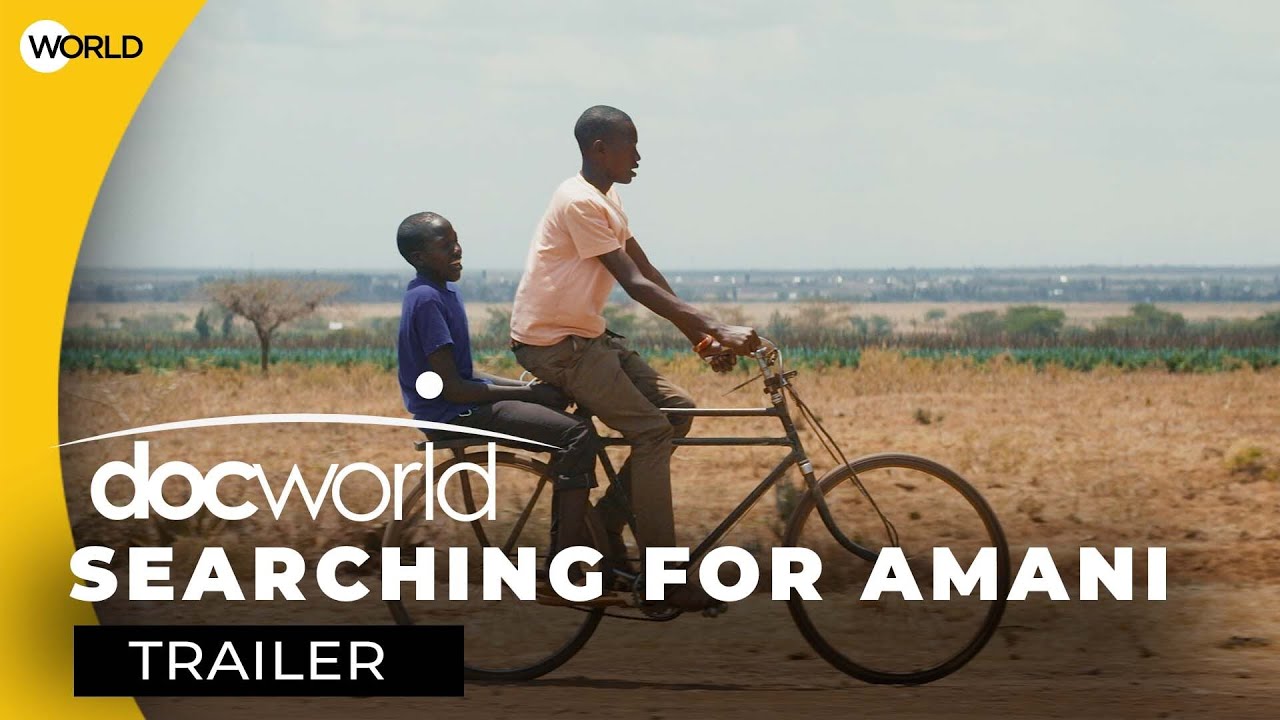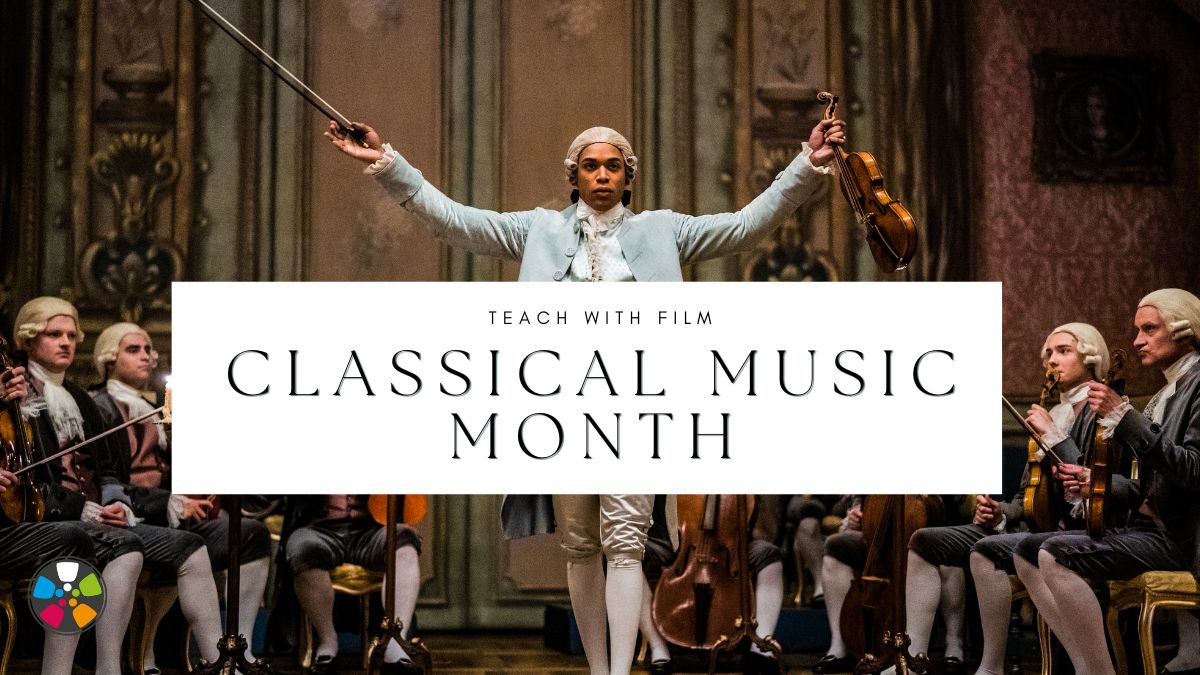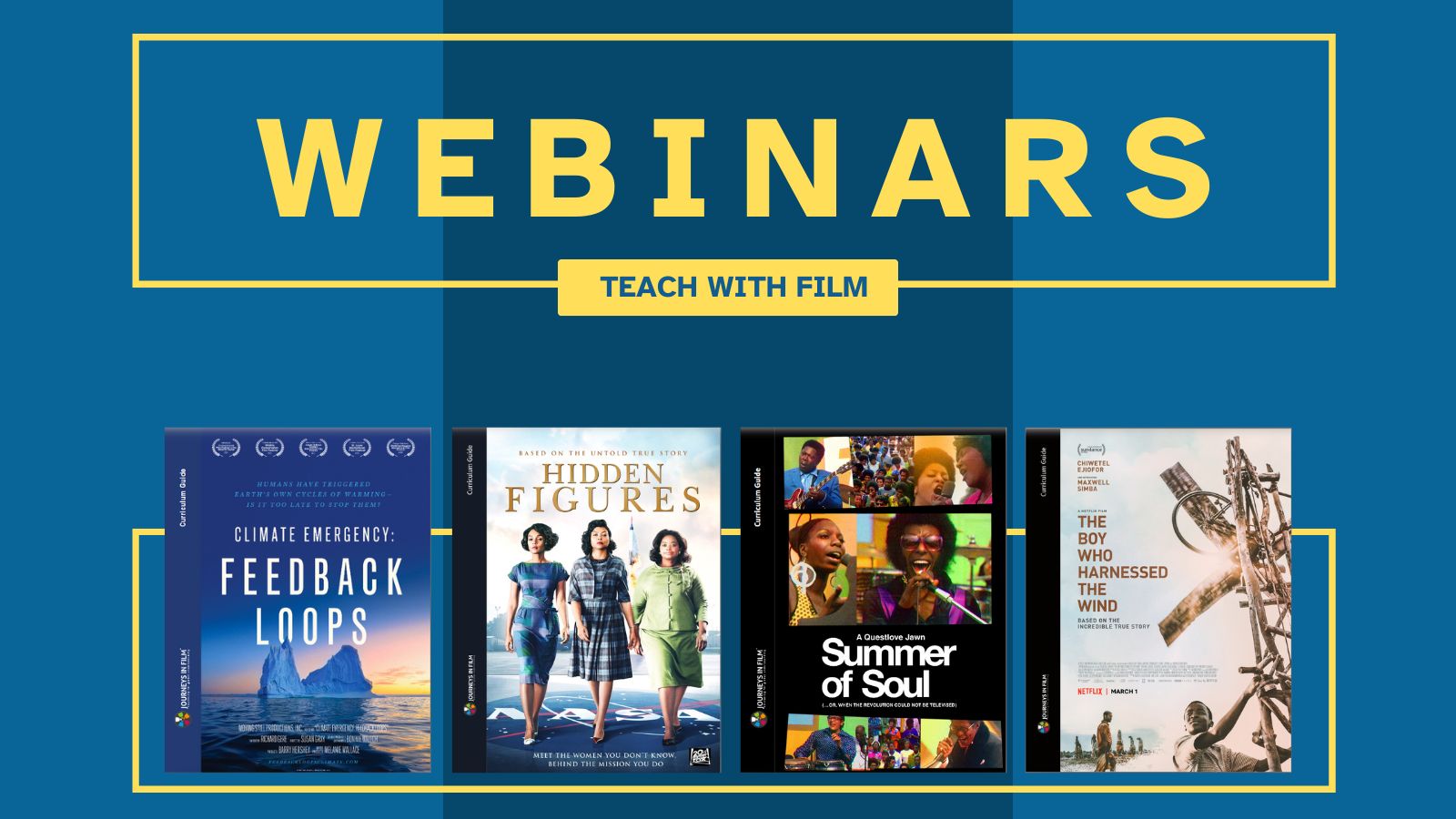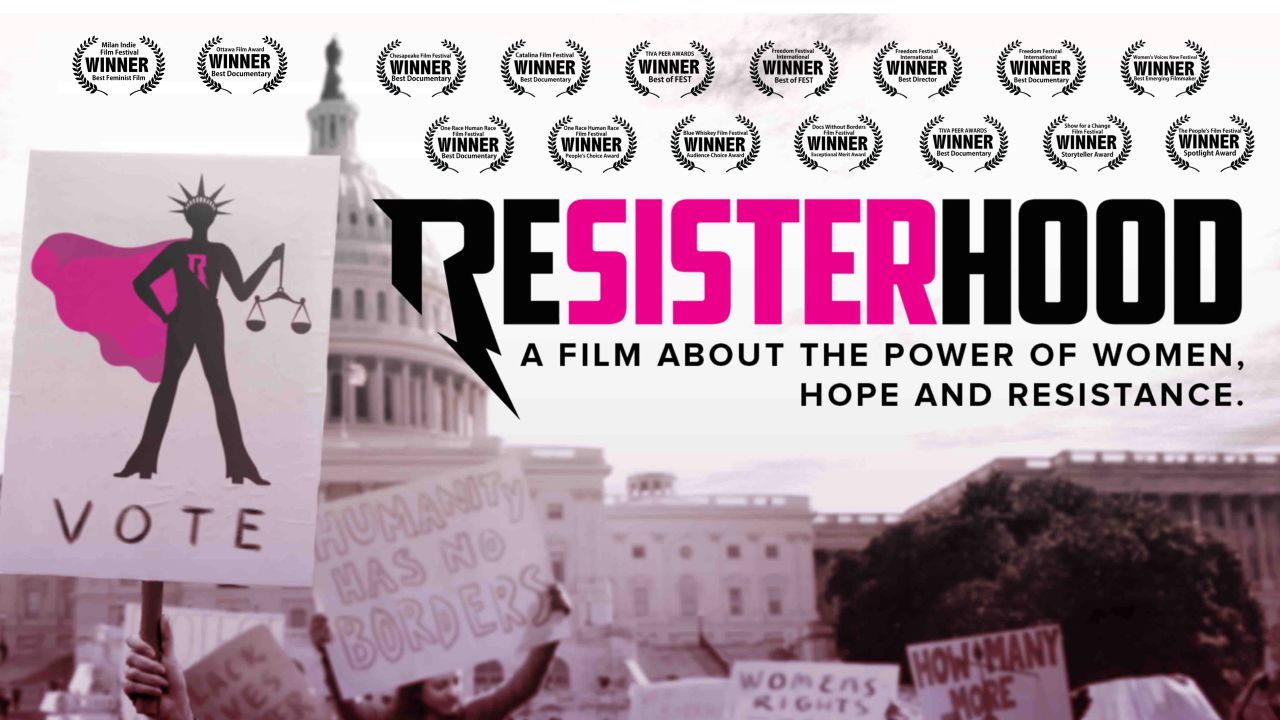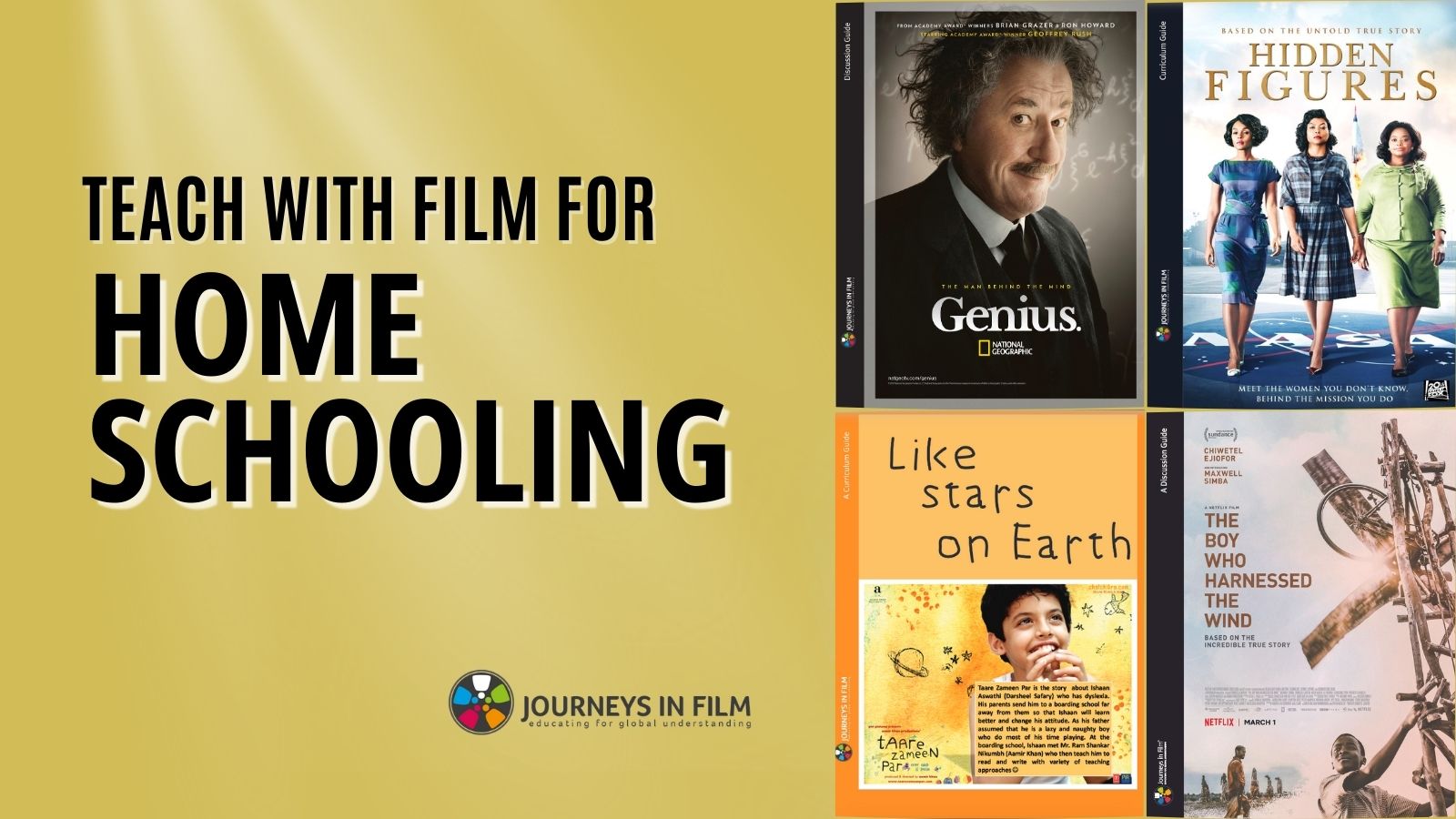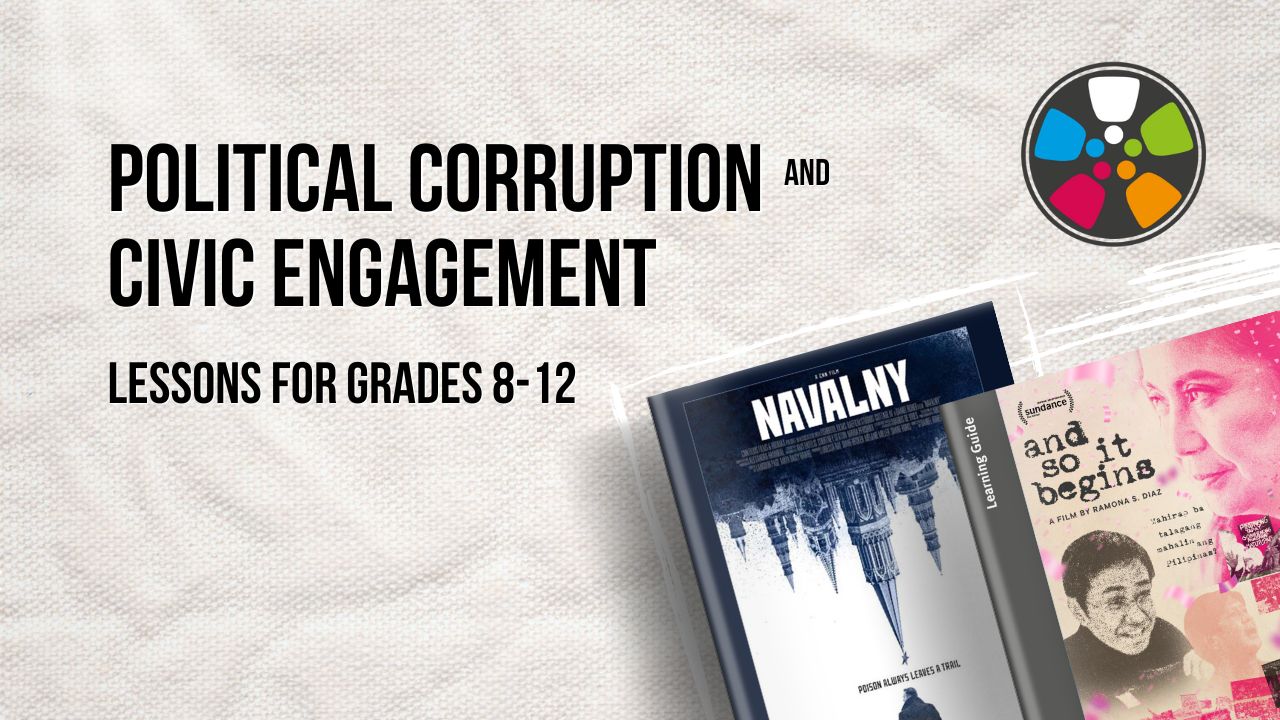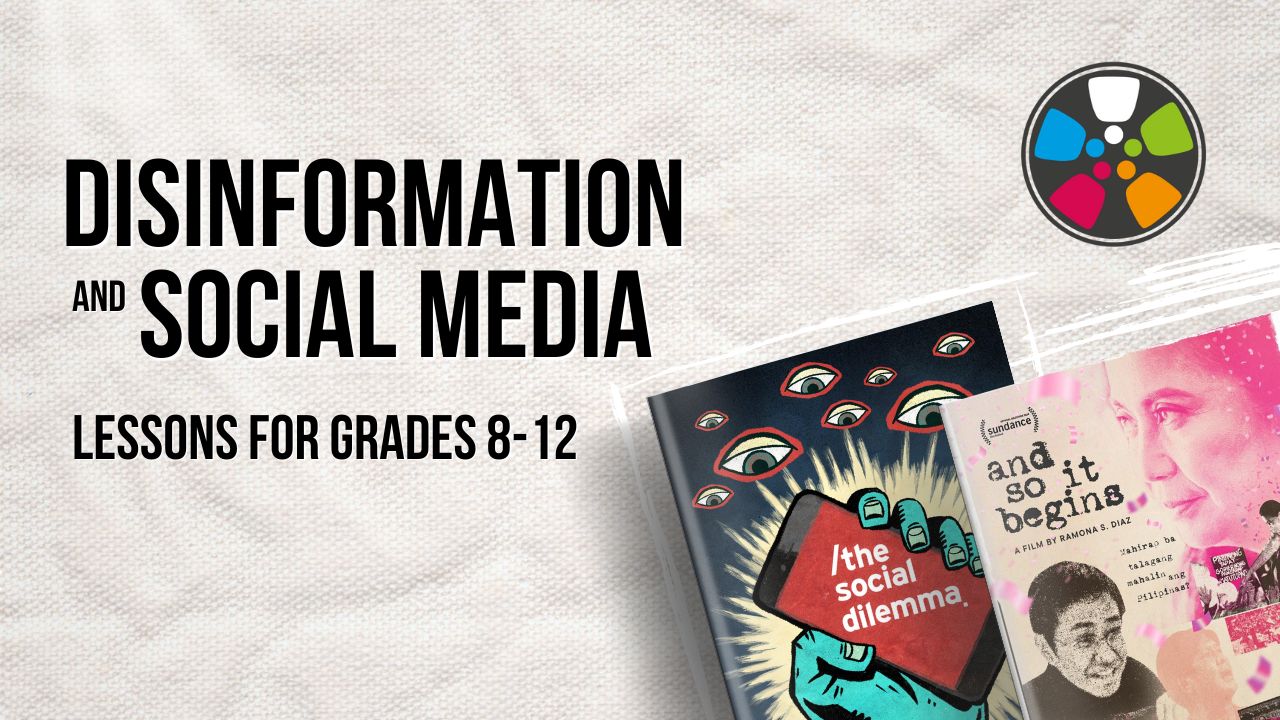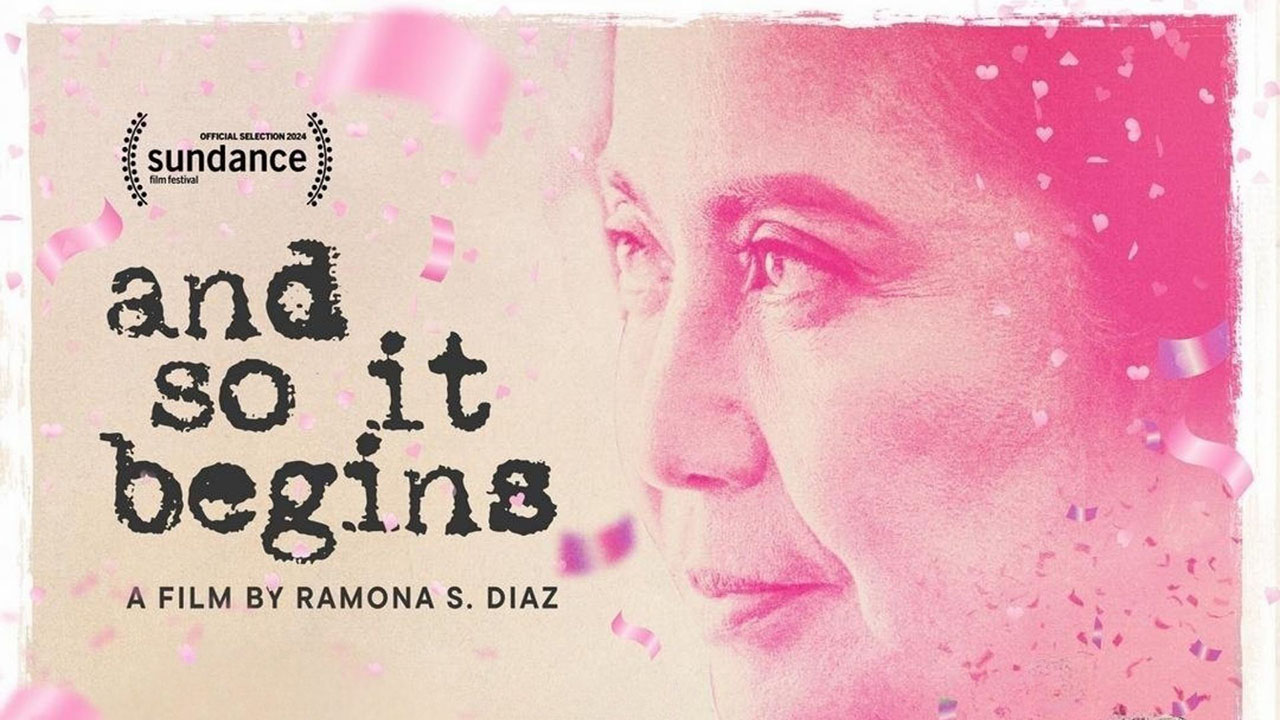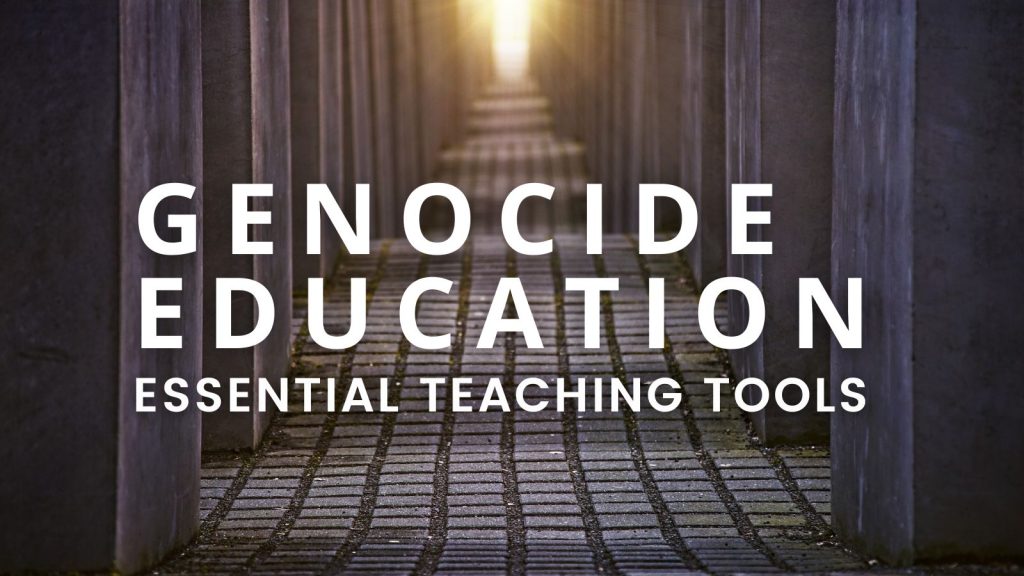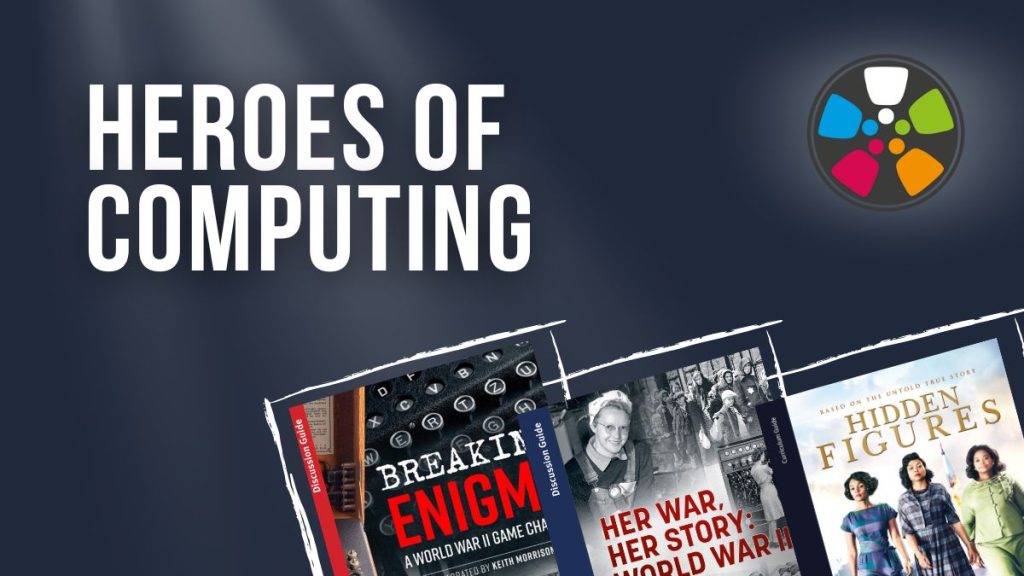Teaching Tips
Mood Classroom Mental Wellness Program: New at Journeys in Film
We are excited to announce the Mood Classroom Mental Wellness Program — new at Journeys in Film! These new mental wellness resources make emotional well-being a priority, so your students can thrive inside and outside the classroom. Mood Classroom Mental Wellness Program FAQ What is the Mood Classroom Mental Wellness Program Mood Classroom is an […]
Read More ›Searching for Amani Teaching Resources: New at Journeys in Film!
We’re pleased to introduce our collection of Searching for Amani Teaching Resources, new at Journeys in Film! Searching for Amani follows a thirteen-year-old aspiring journalist’s investigation of his father’s tragic murder within the boundaries of one of Kenya’s largest wildlife conservancies. Why Use Searching for Amani Teaching Resources In Your Classroom Searching for Amani introduces […]
Read More ›Classical Music Month: Teach with Film
September is Classical Music Month! Celebrate with these beautiful films plus our free lesson plans to boost student engagement across the curriculum. These music film teaching resources are great for classes in Music Education, Music History, Language Arts, Social Studies, History, Environmental Science and more! For grades 4 and up. Four Great Films to Teach […]
Read More ›Journeys in Film Webinars Make Professional Development Easy
Deepen your skills for teaching with film with Journeys in Film Professional Development Webinars. These teacher training sessions are available free, online and on-demand. Earn one hour of PD credit upon successful completion of each webinar. Participants will gain tools to boost student engagement and teach critical thinking across the curriculum. Journeys in Film Webinars […]
Read More ›Resisterhood Learning Guide: New at Journeys in Film!
We’re pleased to introduce the Resisterhood Learning Guide, new at Journeys in Film! Resisterhood is a testament to the strength of ordinary Americans in our extraordinary times. The award-winning documentary follows six diverse Americans as they fight for social justice on the streets and in the halls of power. Over the course of two years, […]
Read More ›Teach with Film for Homeschooling
Homeschoolers, try a new approach to learning: teach with film for homeschooling. If you are looking for ways to spice up your homeschool curriculum and boost engagement for your learners, film-based lessons are a great option. Whether you’re looking for film guides, free homeschooling lesson plans, or fun learning activities, we’ve got you covered. Film can […]
Read More ›Teach with Film about Political Corruption & Civic Engagement
We have added a new film guide to our library to help you teach with film about political corruption and civic engagement! Political corruption is an abuse of power in which public officials and political leaders use their positions of public trust and influence for private gain. An informed and educated population is essential for […]
Read More ›Teach Media Literacy with Film: Disinformation and Social Media
We have added a new film guide to our library to help you teach media literacy with film! In the current dominant online ecosystem, facts are often secondary or irrelevant. Instead, clicks and social media engagement are driving factors for content creation. Algorithms often encourage bias against facts and fact-based journalism. Our Media Literacy and Journalism […]
Read More ›And So It Begins Learning Guide: New at Journeys in Film!
We’re pleased to introduce the And So It Begins Learning Guide, new at Journeys in Film! And So It Begins chronicles a quirky people’s movement that rises to defend against deepening threats to truth and democracy. This inspirational documentary celebrates a collective act of joy as a form of resistance. And So It Begins Teaching Resources […]
Read More ›10 Powerful Films for Community Events
Pair these 10 Powerful Films for Community Events with our free Film Discussion Guides to For Successful Screenings and Rousing Conversations We recommend these ten powerful films to screen at community events, after school settings, and library groups. These award-winning documentaries and feature films speak to contemporary issues while they educate and uplift. We offer […]
Read More ›

